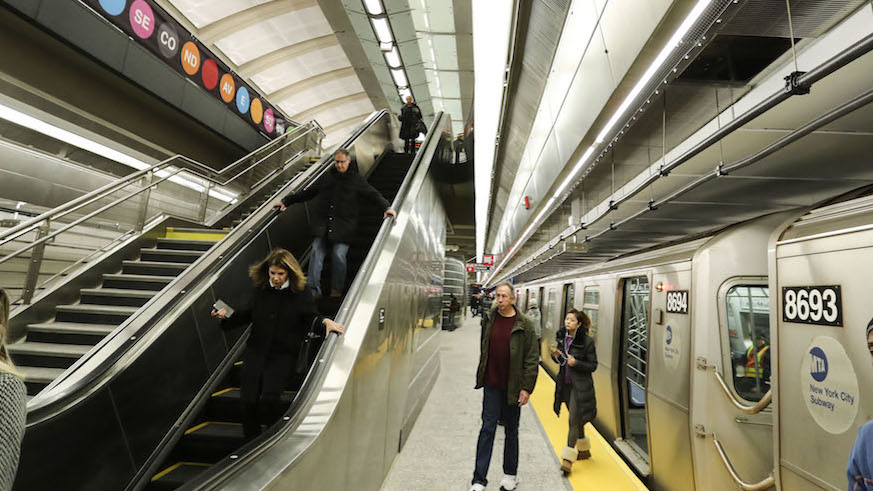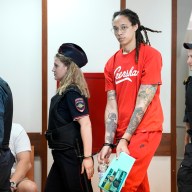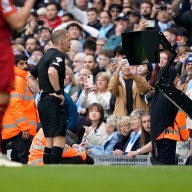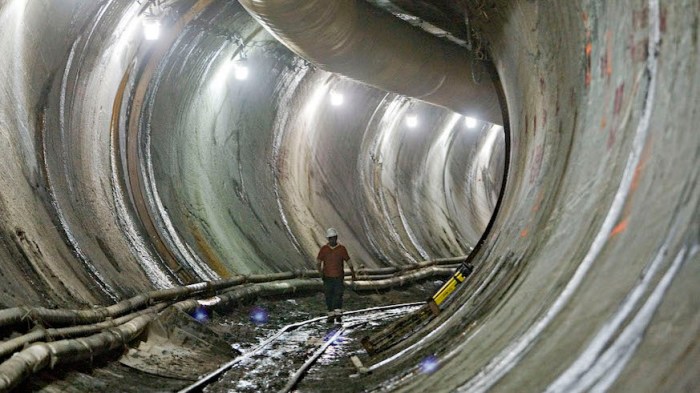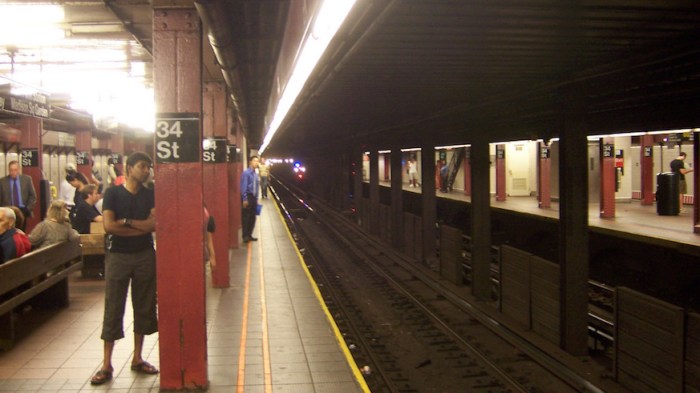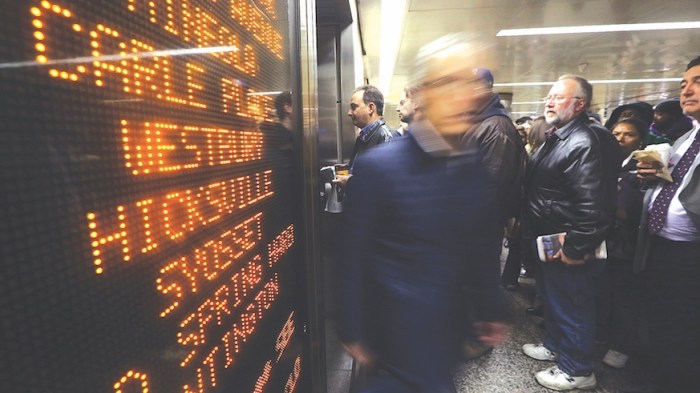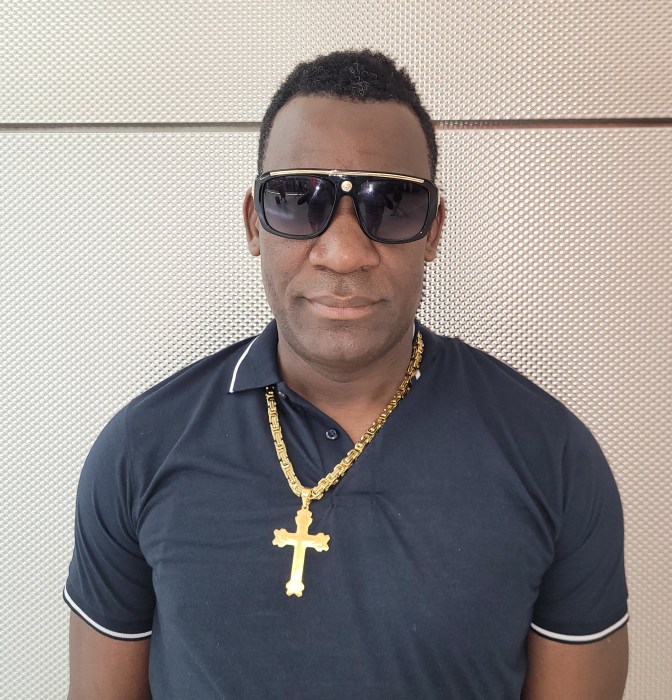Queens NYC Council member Eric Ulrich’s idea of extending the Second Avenue subway via the Atlantic Brooklyn Long Island Rail Road branch connecting with the abandoned Queens LIRR Rockaway Beach line, on to the Rockaways is unrealistic.
This idea has been studied before along with different Manhattan subway line combinations before going back to the 1960’s by various other agencies including the Metropolitan Transportation Authority, LIRR, NYC Department of Transportation, NYC Department of Planning Transportation Division, NYC Economic Development Corporation and New York Metropolitan Transportation Council. They all died due to priority being given to other competing projects for funding, lack of local consensus among elected officials, various transportation operating agencies along with potential city, state and federal funding agencies.
In 1999, the Regional Plan Association proposed a new subway service route. It would have operated from Manhattan to Brooklyn via the Montague Street Tunnel (currently used by the R line) and to Jamaica via the LIRR Atlantic Branch (Flatbush Avenue Brooklyn to Jamaica which would have to be converted to subway use ending commuter rail) and on to Kennedy Airport via the Air Train. This idea was never endorsed by either elected officials or the MTA.
The Regional Plan Association in 1999 also proposed building the 3rd Avenue Express Connect. It would be a new rail line along Third Avenue in Manhattan through the LIRR Atlantic Branch and a portion of the Rockaway Beach rights-of-way as part of a larger transformation of the region’s rail network. A new underground subway has been promised since 1955 when the 3rd Avenue elevated subway suspended service and was torn down. There will never be enough money and time in the world to build a competing subway on Third Avenue, let along complete the Second Avenue subway in the next 100 years.
Former Gov. Pataki was also a big advocate for a one seat ride from the World Trade Center to Kennedy airport promoting some of the same concepts as Regional Plan Association back in the 1990’s. In 2004, the MTA, Port Authority, Lower Manhattan Development Corporation and NYC Economic Development Corporation at the request of Governor Pataki completed a study which looked at several of the same 5 options proposed by Regional Plan Association from 1999. These ideas were also never really supported by either elected officials or the MTA.
Today, the MTA financial commitment for Second Avenue Subway Phase 2 is $1,735 billion to support preliminary environmental, design, engineering and utility relocation work. Phase Two north runs from 96th Street to 125th Street. There is still the need of $4.265 billion in total funding for actual construction of Phase 2. The MTA will have to find a minimum of $2.265 billion in local dollars in the next MTA Five Year 2020 – 2024 Capital Program. This would bring the total local funding commitment up to $4 billion. This is necessary for the MTA to have any chance obtaining Federal Transit Administration New Starts program providing $2 billion in additional funding for a total of $6 billion. These dollars are necessary to fully fund Second Avenue Subway Phase 2. Add $15 billion more down the road under 2025 – 2029 and future MTA Capital Plans that could go stretch into the 2040’s for Phases 3 & 4 to complete the full length of Second Avenue Subway south to Hanover Square. It might take until 2050 before Second Avenue Subway is complete to the downtown Manhattan financial district.
Now ask how many more decades and billions of dollars would it take to extend the 2nd Ave Subway from Hanover Square to Brooklyn (via a new tunnel which could alone cost $5 to $10 billion) with a complex connection to access the LIRR Atlantic branch at Flatbush Avenue Station and to the Rockaway Beach rights-of-way finally reaching the Rockaways. Remember it took 100 years to build Second Avenue Subway Phase one (33 blocks and three stations for $4.5 billion).
Councilmember Ulrich has forgotten about the thousands of LIRR riders whose destinations include downtown Brooklyn, the Barclay Center and the Financial District. Under his plan, they would have to change from LIRR to a new subway at Jamaica down the Atlantic Avenue branch running alongside his Second Avenue subway to Queens route. I doubt they would support this concept. The LIRR plans on initiating service to Grand Central Terminal in December 2023 or more likely in 2024. They plan on maintaining service between Jamaica and Flatbush Avenue Brooklyn via a scoot service. Why would the LIRR want to turn over the Atlantic branch to NYC Transit for any subway operation?
History has shown that construction of any major new transportation system expansion project takes decades to complete. Between the time all of the feasibility studies, environmental reviews, planning, identifying and securing funding, budgeting, design, engineering, potential real estate acquisition and business relocations, permits, procurements, construction, inter agency operating agreements, acquisition of rolling stock and opening day service are completed, it can take more than a generation before the proposed transit improvement is available to the public.
Transportation history has a habit of repeating itself, and it will probably do so again. Each generation of elected officials, including NYC Council member Ulrich along with transportation planners and transportation agencies frequently recycles the same old concepts which never see the light of day.
NYC Councilmember Ulrich’s future children and grandchildren may never live to ride any Second Avenue Subway to the Rockaways.
Larry Penner is a transportation historian and advocate who previously worked 31 years for the US Department of Transportation Federal Transit Administration Region 2 NY Office.

